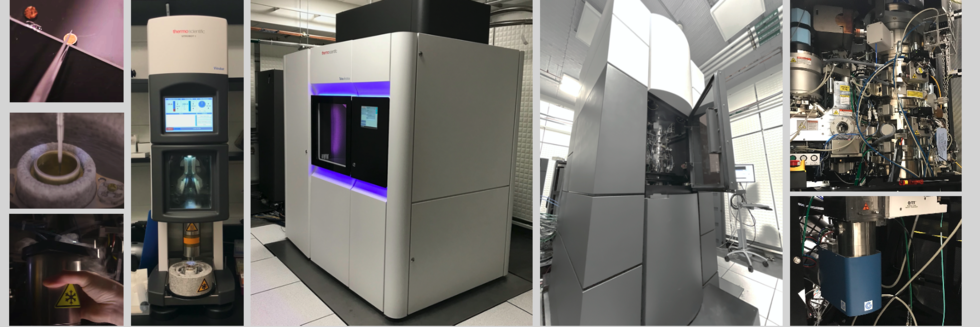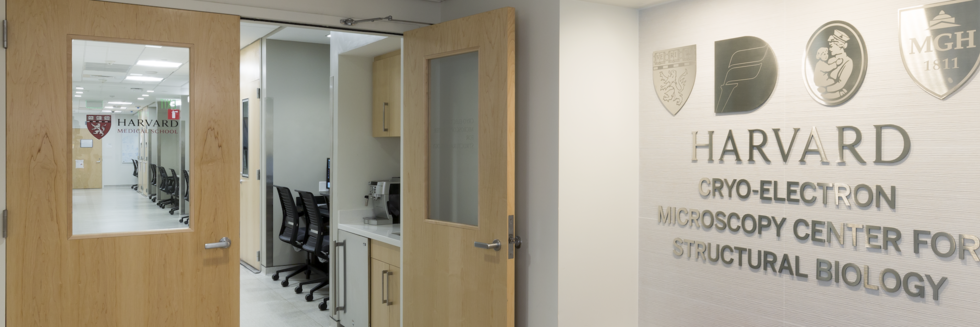Gang Du, Liam B Healy, Liron David, Caitlin Walker, Tarick J El-Baba, Corinne A Lutomski, Byoungsook Goh, Bowen Gu, Xiong Pi, Pascal Devant, Pietro Fontana, Ying Dong, Xiyu Ma, Rui Miao, Arumugam Balasubramanian, Robbins Puthenveetil, Anirban Banerjee, Hongbo R Luo, Jonathan C Kagan, Sungwhan F Oh, Carol V Robinson, Judy Lieberman, and Hao Wu. 4/10/2024. “ROS-dependent S-palmitoylation activates cleaved and intact gasdermin D.” Nature.Abstract
Gasdermin D (GSDMD) is the common effector for cytokine secretion and pyroptosis downstream of inflammasome activation and was previously shown to form large transmembrane pores upon cleavage by inflammatory caspases to generate the GSDMD N-terminal domain (GSDMD-NT)1-10. Here we report that GSDMD Cys191 is S-palmitoylated and palmitoylation is required for pore formation. S-palmitoylation, which does not affect GSDMD cleavage, is augmented by mitochondria-generated reactive oxygen species (ROS). Surprisingly, cleavage-deficient D275A GSDMD is also palmitoylated after inflammasome stimulation or treatment with ROS activators, and causes pyroptosis, although less efficiently than palmitoylated GSDMD-NT. Palmitoylated, but not unpalmitoylated, full-length GSDMD induces liposome leakage, and forms a pore similar in structure to GSDMD-NT pores shown by cryogenic electron microscopy. zDHHC5 and zDHHC9 are the major palmitoyltransferases that mediate GSDMD palmitoylation, and their expression is upregulated by inflammasome activation and ROS. The other human gasdermins are also palmitoylated in their N-termini. These data challenge the concept that cleavage is the only trigger for GSDMD activation. They suggest that reversible palmitoylation is a checkpoint for pore formation by both GSDMD-NT and intact GSDMD that serves as a general switch for the activation of this pore-forming family.


